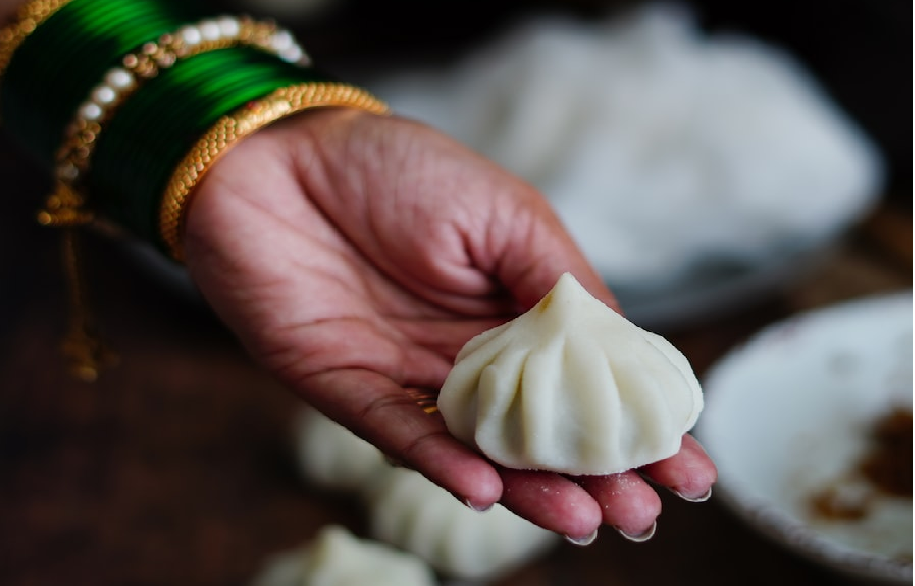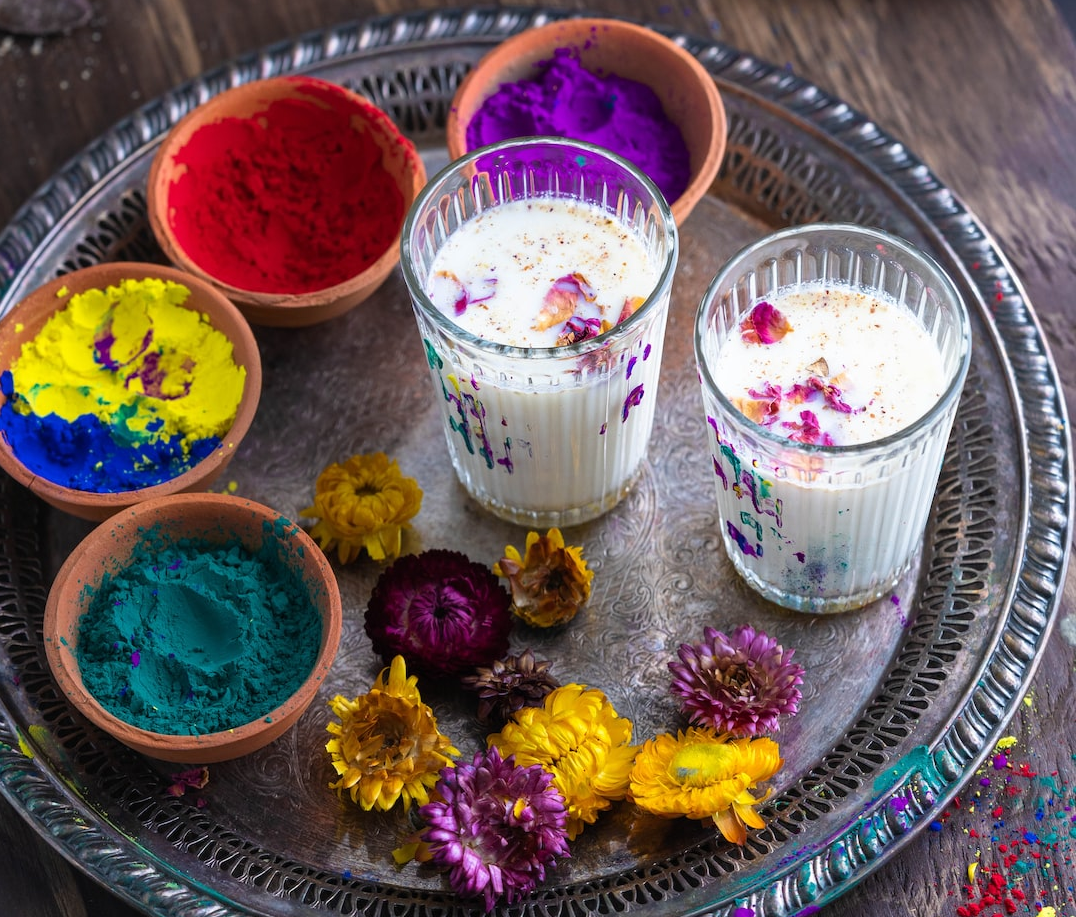Holi, also known as the Festival of Colors, is one of the most vibrant and joyous celebrations in India. It is a festival that brings people together, erasing social barriers and spreading happiness. Celebrated on the full moon day of the Hindu month of Phalguna (February-March), Holi signifies the victory of good over evil, the arrival of spring, and a time for fun, laughter, and unity.

The Legend Behind Holi
Holi has deep roots in Hindu mythology, with multiple stories associated with its celebration. The most popular legend is the story of Prahlad and Holika.
According to Hindu scriptures, King Hiranyakashipu was a tyrant who wanted everyone to worship him. However, his own son, Prahlad, was a devoted follower of Lord Vishnu. Angered by this, Hiranyakashipu tried to kill Prahlad multiple times, but he always survived due to divine intervention. Finally, the king’s sister, Holika, who had a boon that made her immune to fire, tricked Prahlad into sitting on a pyre with her. However, due to her evil intentions, Holika was burned to ashes, while Prahlad remained unharmed. This event symbolizes the triumph of good over evil and is marked by the Holika Dahan ritual on the eve of Holi.

How Holi is Celebrated
1. Holika Dahan (Bonfire Night)
On the night before Holi, people gather to light bonfires, symbolizing the burning of negativity and the defeat of evil forces. This ritual, known as Holika Dahan, is performed with prayers for prosperity, happiness, and well-being.
2. Playing with Colors
The main highlight of Holi is the color play, where people throw gulal (colored powders) and spray water on each other. Streets turn into a riot of colors as people dance to traditional and Bollywood music, laughing and celebrating with friends and family.
3. Special Holi Delicacies
No festival is complete without delicious food, and Holi is no exception! Some of the most popular Holi treats include:
- Gujiya – A sweet dumpling filled with khoya, nuts, and coconut.
- Thandai – A refreshing milk-based drink with spices and dry fruits.
- Malpua, Puran Poli, and Dahi Bhalla – Traditional delicacies enjoyed during the festival.
4. Music and Dance
Holi celebrations are incomplete without music and dance. People come together to sing folk songs, play drums, and dance to Bollywood Holi hits, making it a lively and energetic festival.
5. Holi Across India
Holi is celebrated in different ways across India:
- Lathmar Holi (Barsana, Uttar Pradesh): Women playfully hit men with sticks, recreating a legendary story of Lord Krishna and Radha.
- Shantiniketan Holi (West Bengal): Known as Basanta Utsav, this Holi is celebrated with cultural performances, poetry, and songs.
- Holi in Mathura and Vrindavan: These towns celebrate Holi with grand processions and temple festivities, as they are associated with Lord Krishna.

The Deeper Meaning of Holi
Holi is more than just colors and fun—it carries a strong social and spiritual message:
- Victory of Good Over Evil: Inspired by the story of Prahlad and Holika.
- Unity and Brotherhood: It brings people from different backgrounds together, breaking social barriers.
- New Beginnings: Holi marks the arrival of spring, symbolizing renewal and growth.
- Forgiveness and Love: It is a time to mend relationships, forget grudges, and spread love.
Conclusion
Holi is a festival of joy, love, and togetherness. It reminds us to embrace happiness, celebrate life, and spread positivity. As we drench ourselves in colors, let’s also fill our hearts with kindness, laughter, and gratitude.

